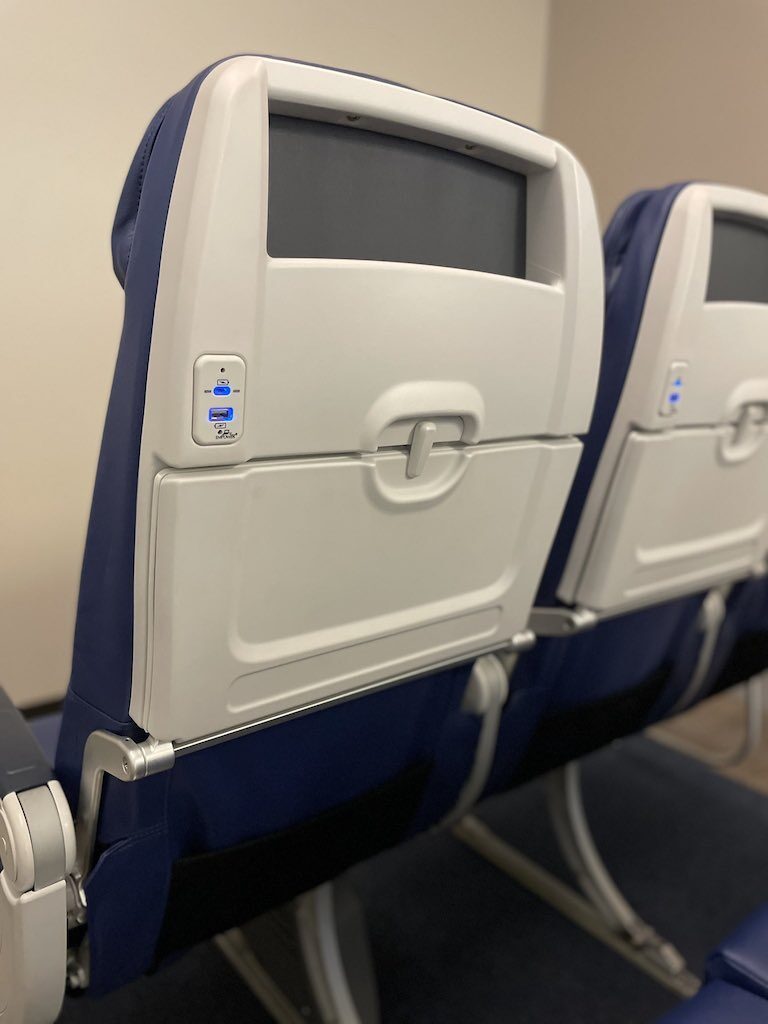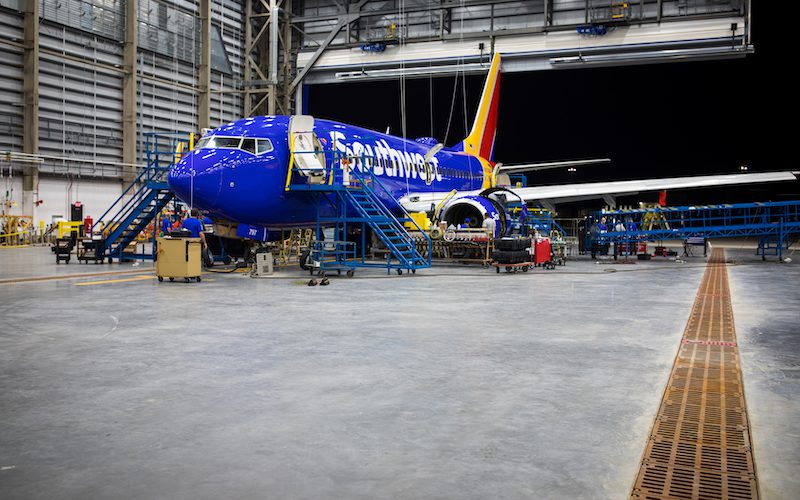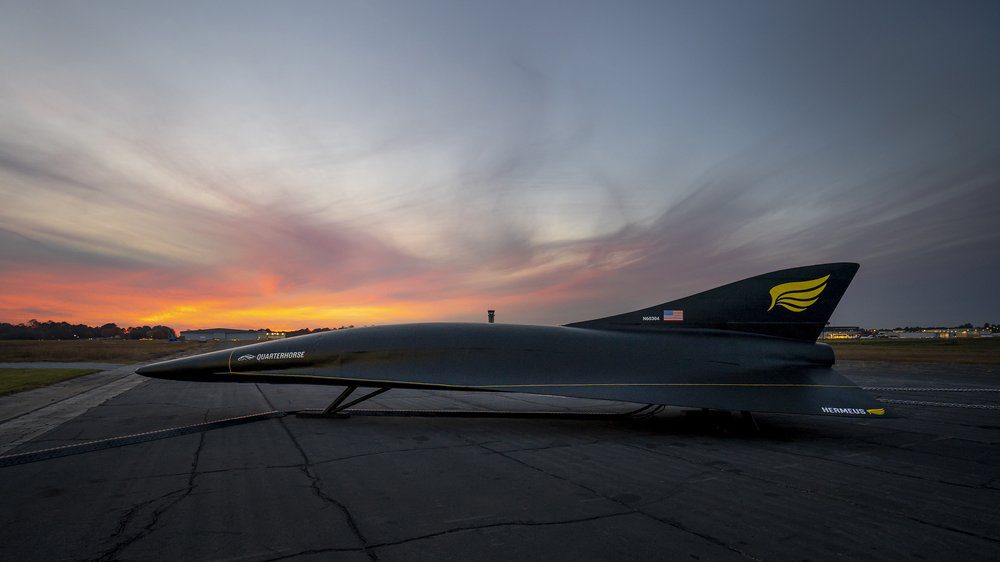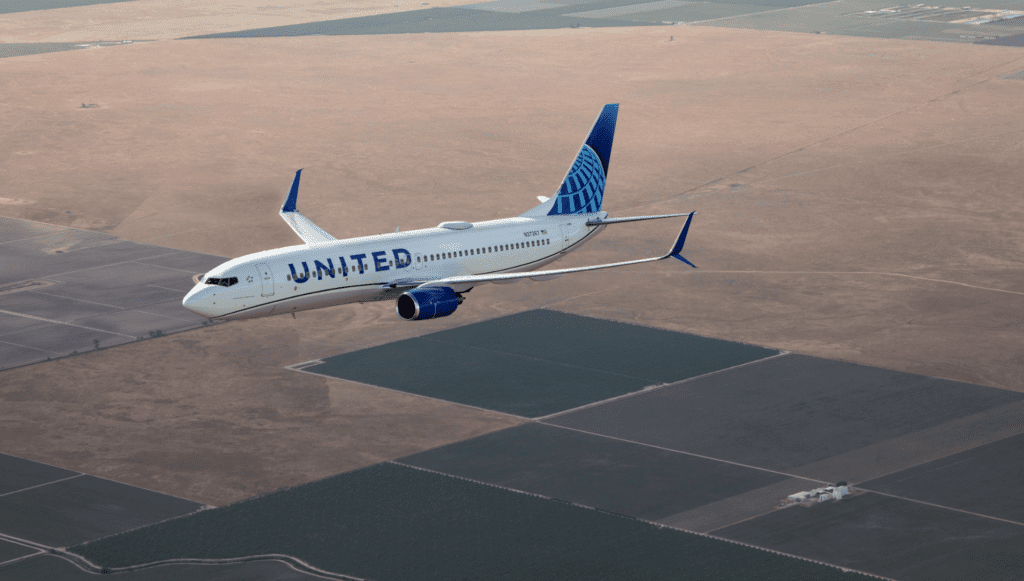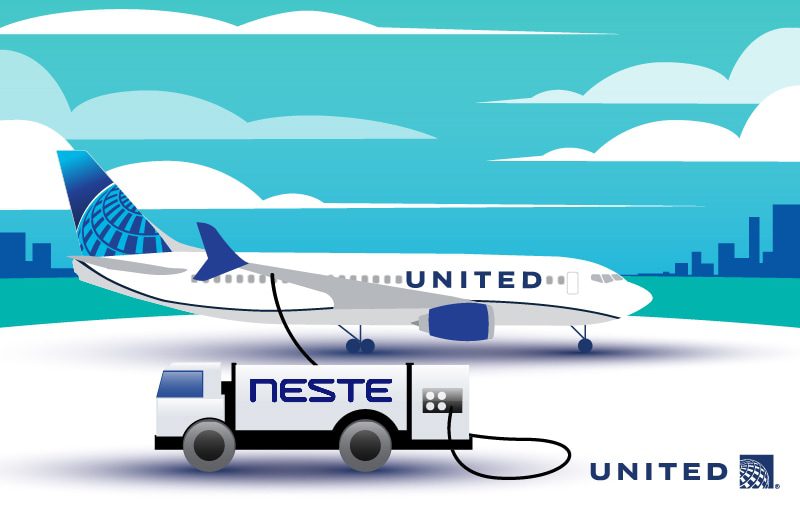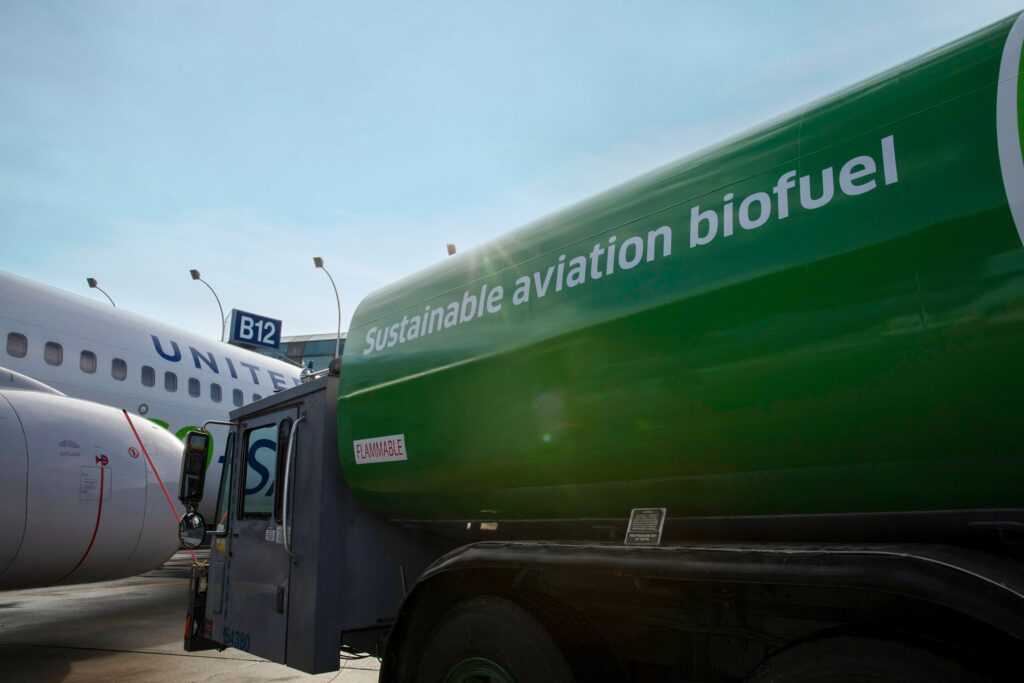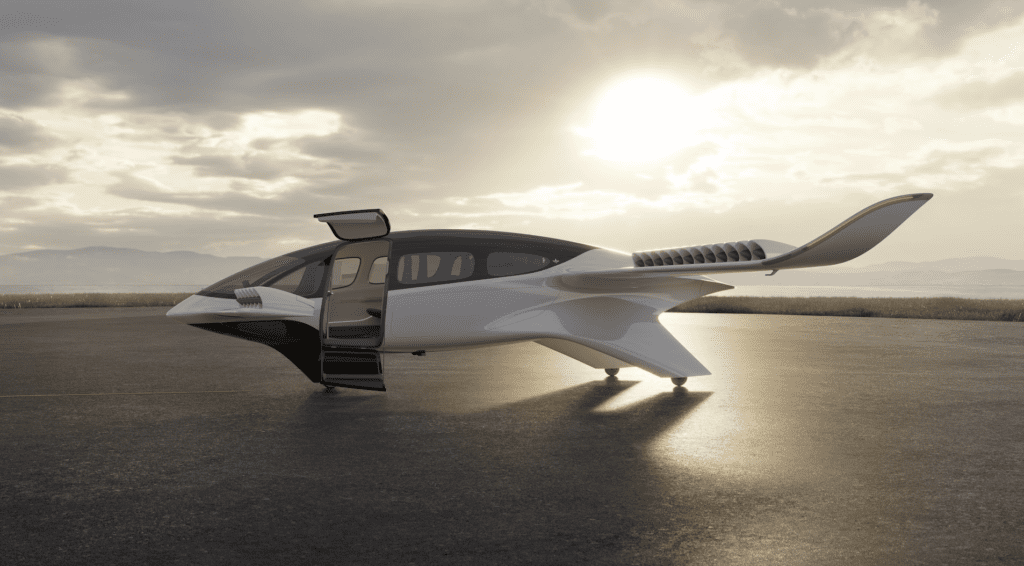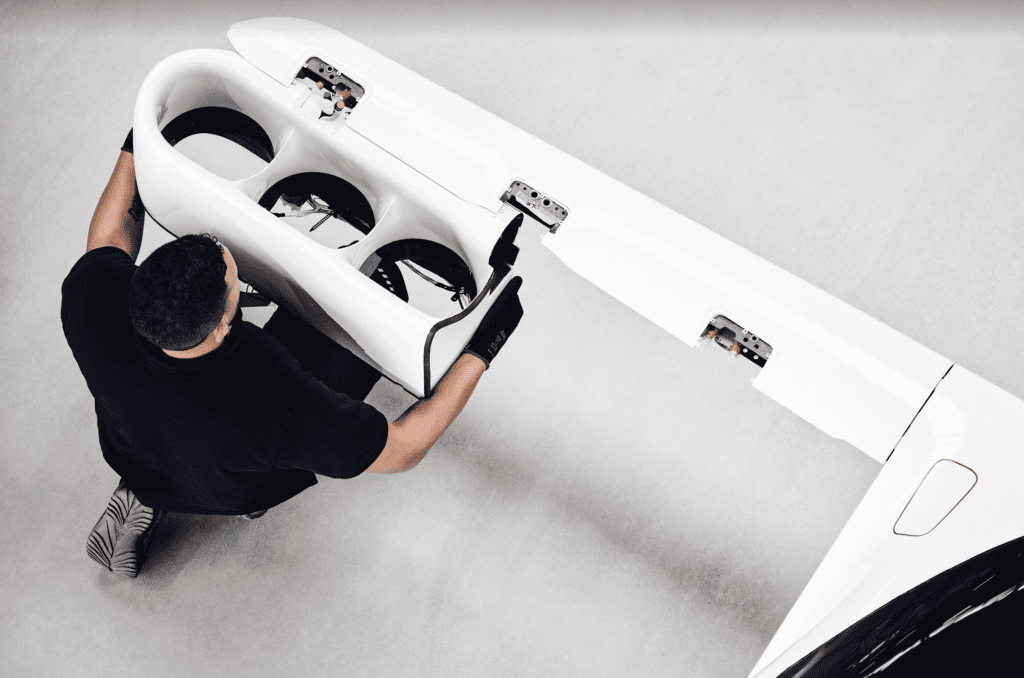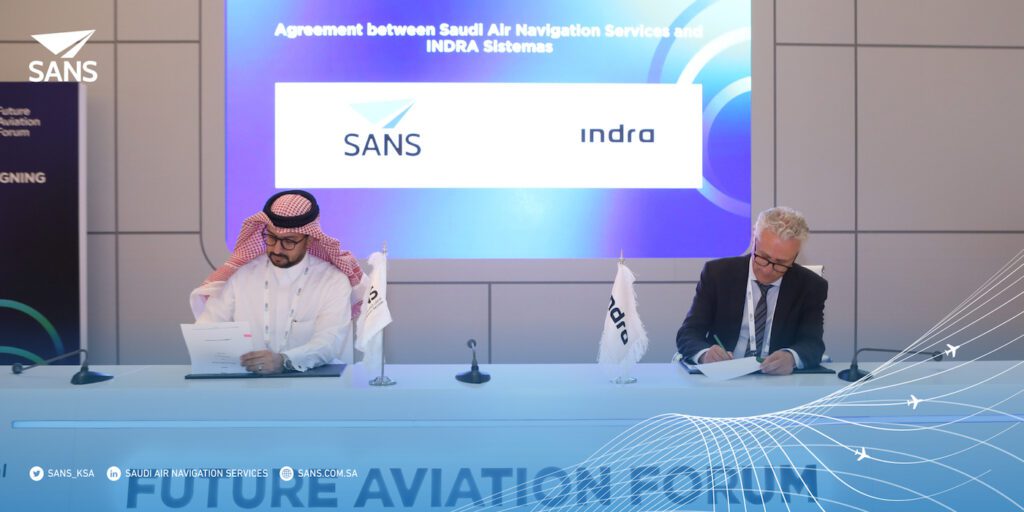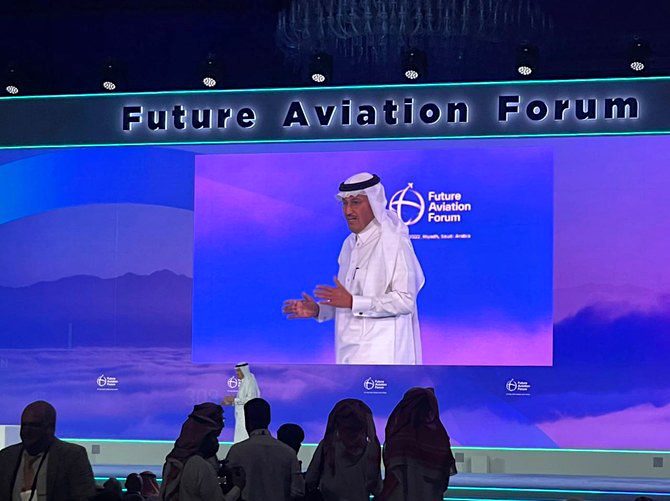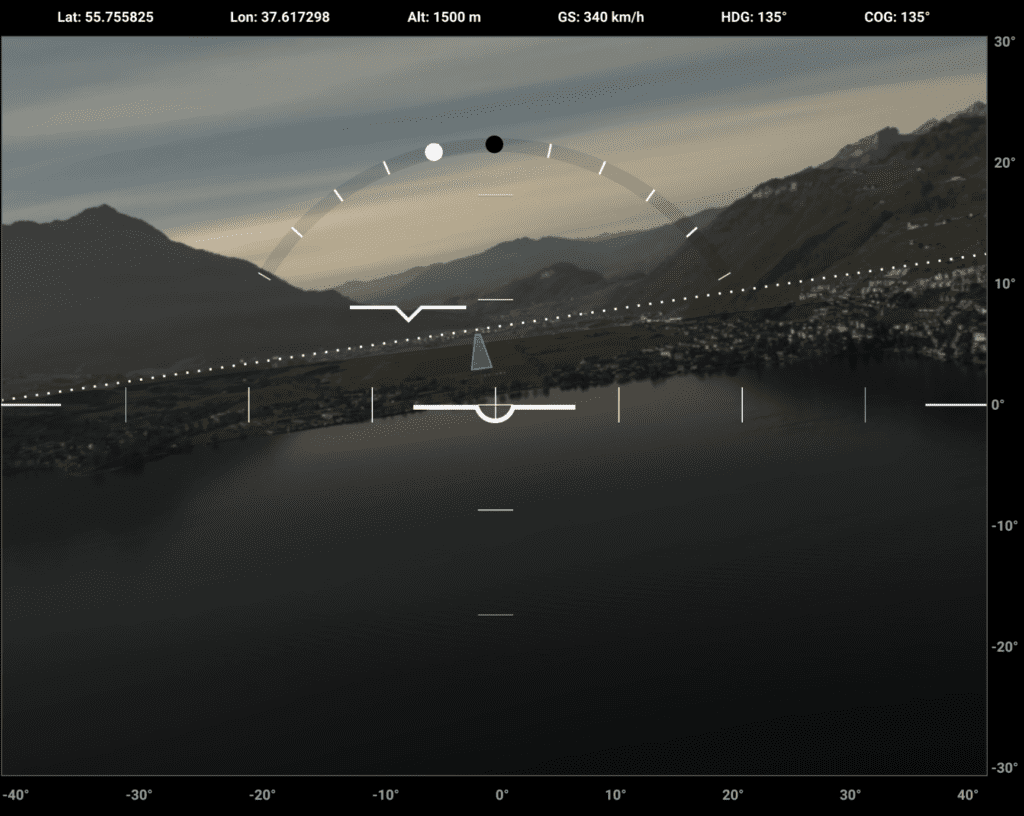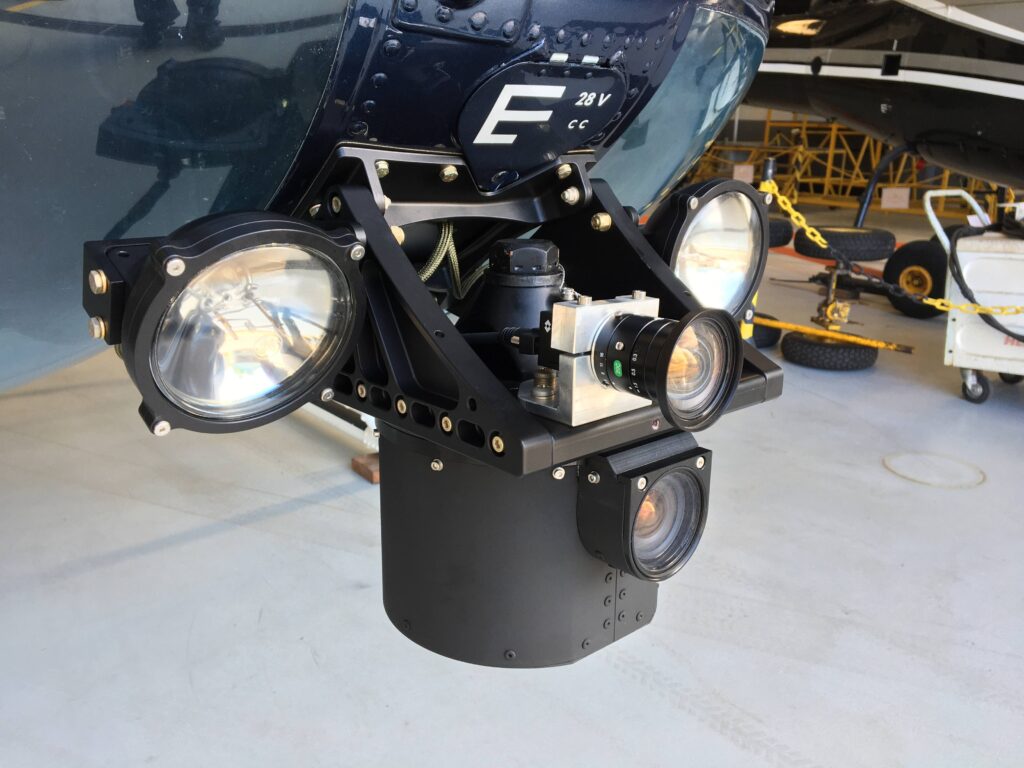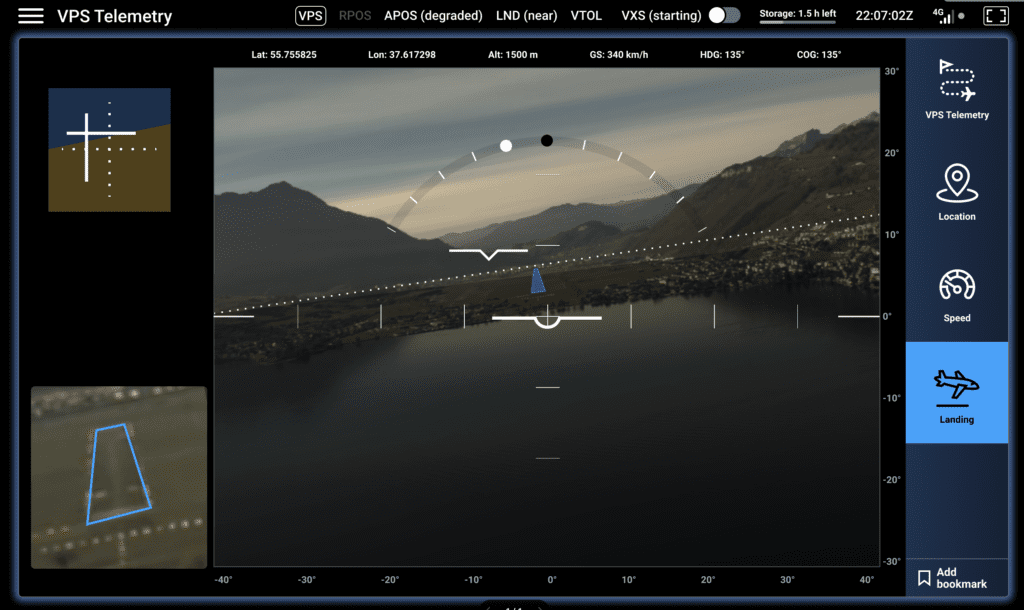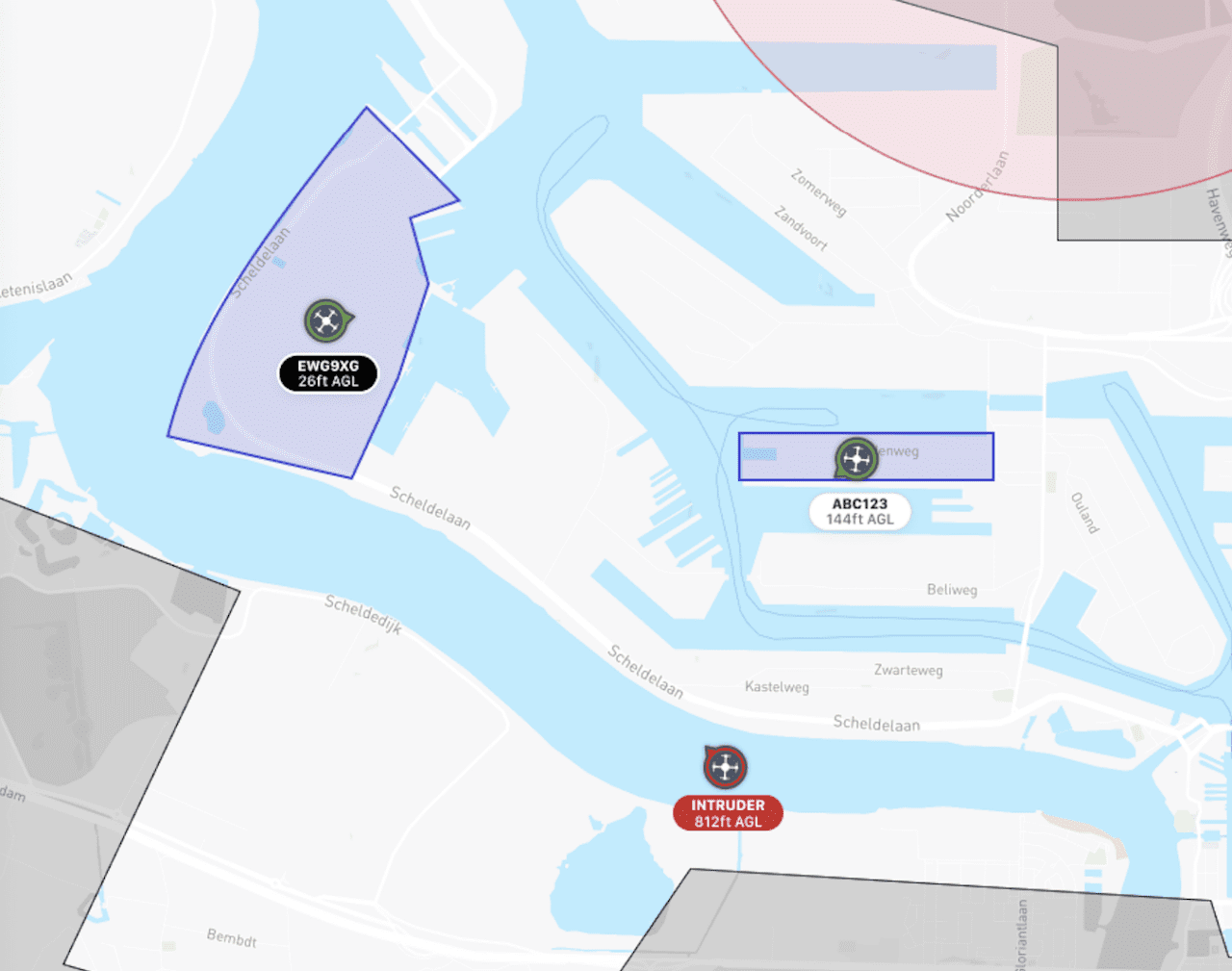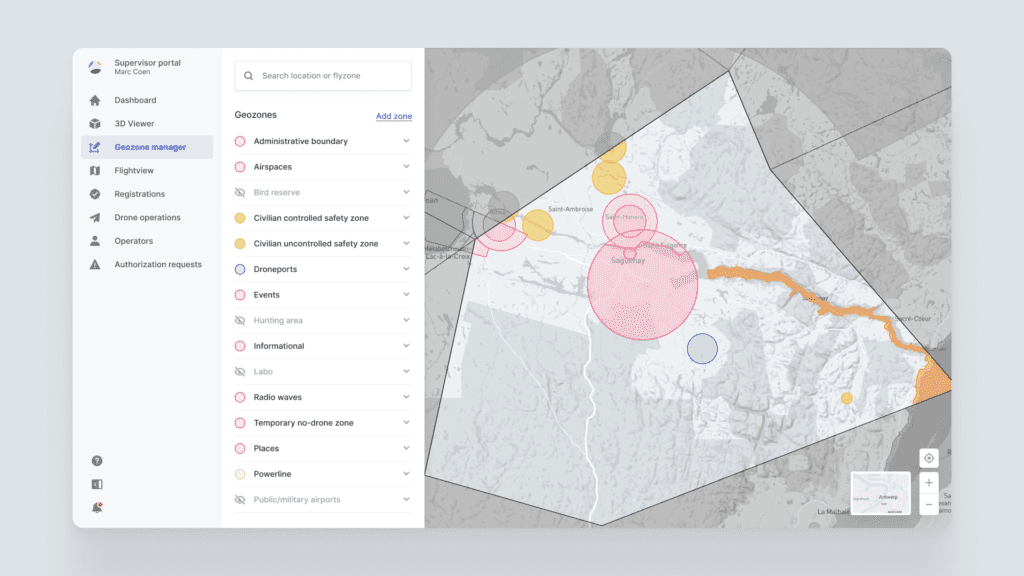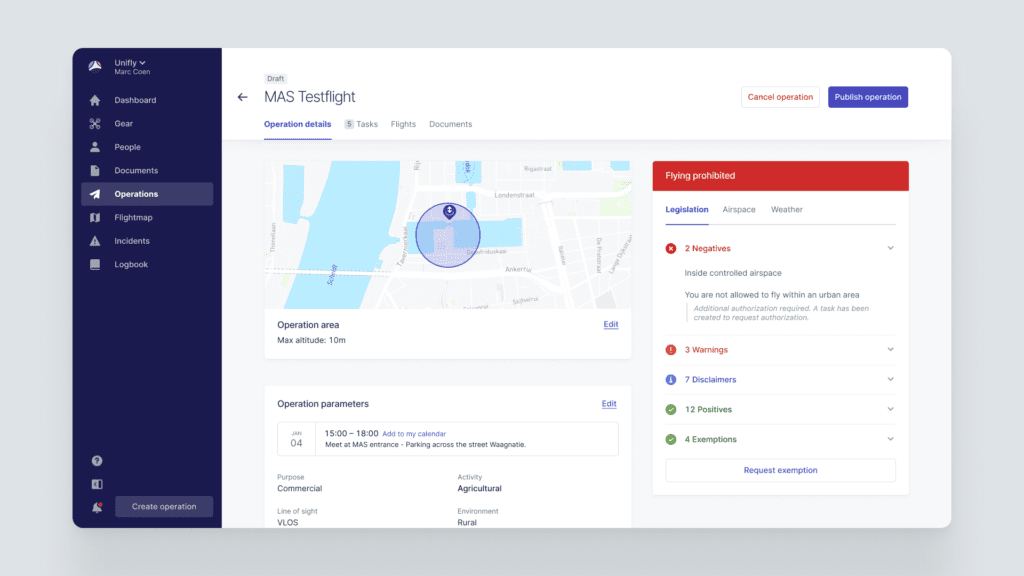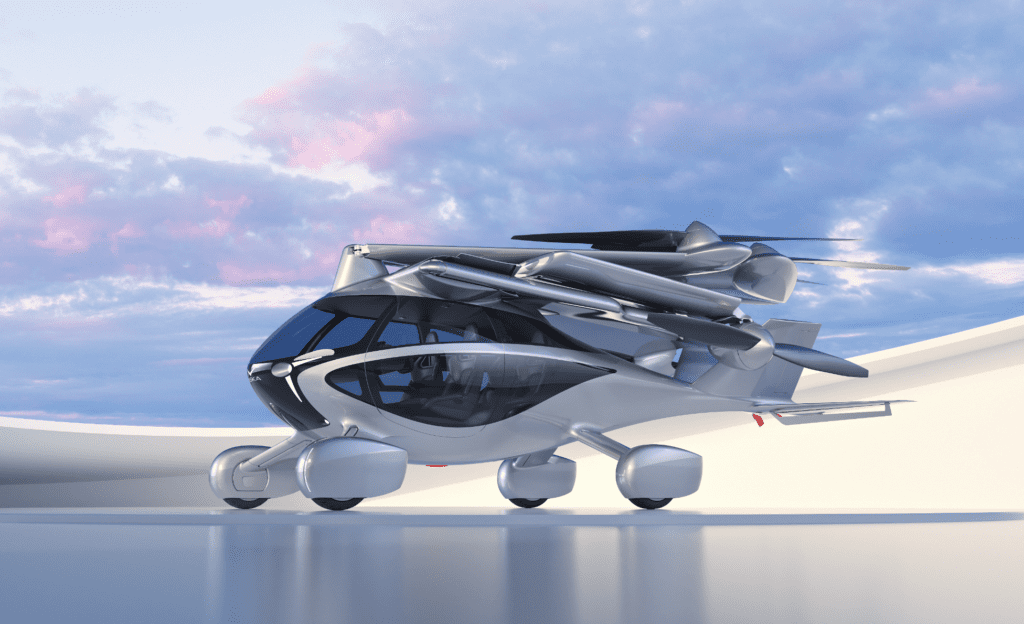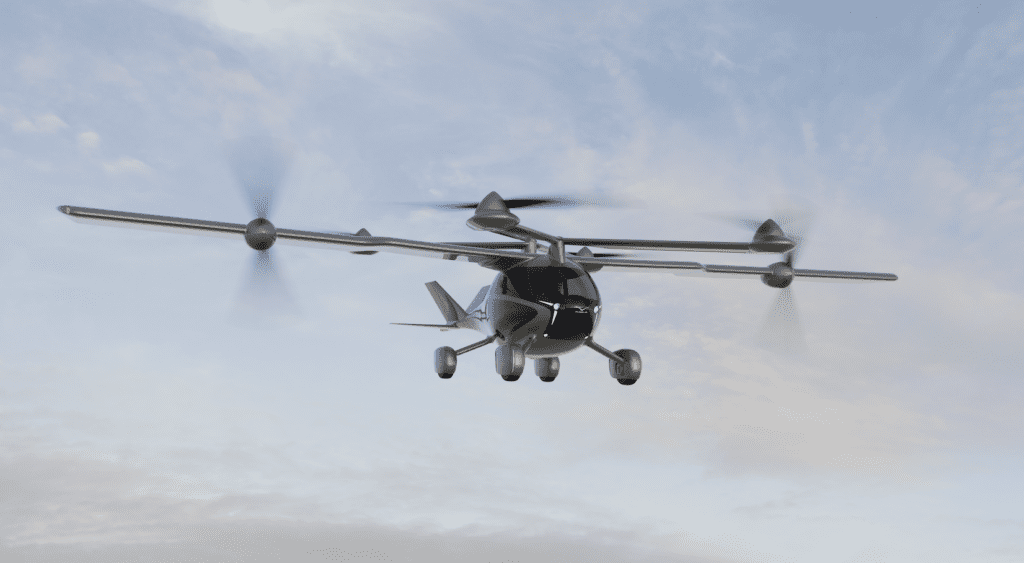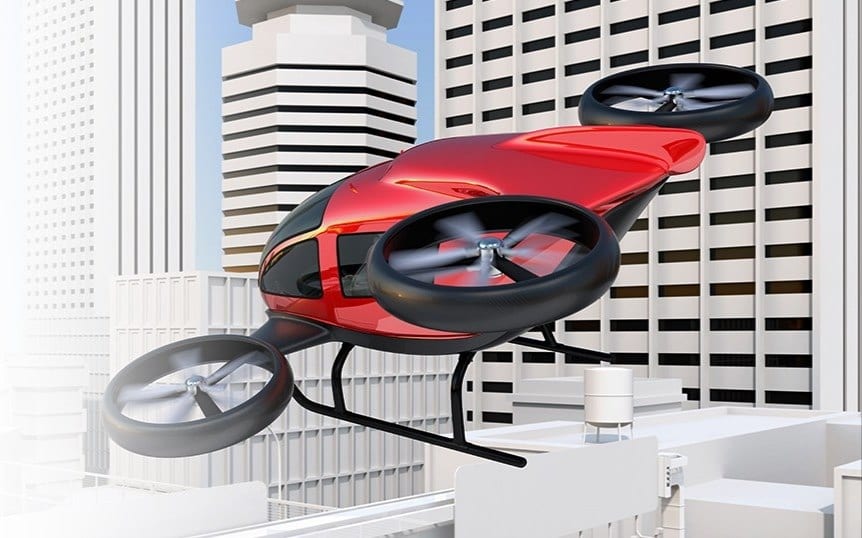
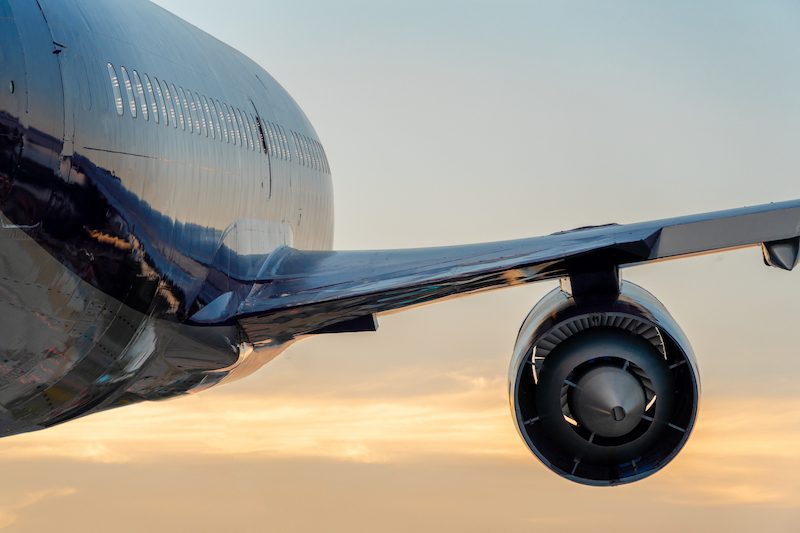
Consumers and businesses alike have historically viewed electric aviation as a far-fetched fantasy, without realizing how close a reality this concept really is.
Within the airline industry, there has long been skepticism and doubt cast on the feasibility of functional electric aviation. But what truths do these doubts hold and where are industry experts severely underestimating the potential of electric aviation?
The skepticism held by many is not unfounded. Energy density per mass in batteries is currently not sufficient to power large aircrafts for long distance travel. Sustainable aviation fuel is still very costly, both in terms of price and agricultural land footprint impact. Hydrogen, besides not being a true green source of energy yet, has good energy density per mass, but not fantastic energy density per volume.
This has spurred the design and development of entirely new, and sometimes futuristic looking, aircrafts that could replace current solutions capable of transporting 60 or more passengers on medium to long-distance flights.
Electric aviation offers the potential for an entirely different market opportunity for commercial aviation that still fits within existing technology and infrastructures. It also propels the aviation industry forward in green energy initiatives – something that increasingly defines consumer behaviors and values and which companies and brands they support.
Air traffic Control Meets Climate Control
Public support for initiatives around climate control, sustainability and protection of the environment has exploded during the pandemic. What’s more, these objectives have the potential to water the emergence of new needs for fast and green short distance commuting solutions.
Over the course of the pandemic we’ve witnessed mass departures from crowded, high-density and high cost of living cities to areas with more land, more space and a slower pace of life. There is a massive market opportunity to provide convenient, sustainable commuting solutions for people who choose to live away from major cities, but still want the option to occasionally commute to the main city when needed.
Short distance commuting solutions would offer consumers the ability to do just that. Air taxis or Urban Air Mobility (UAM) vehicles have made tremendous progress in recent years, emerging as a viable green alternative to traditional transportation methods.
These air taxis would serve as the bridge between regional air transportation and offer radically sustainable solutions – from occasional commuting to and from the closest major cities, to local tourism, last or first airfreight leg, and critical medical evacuation or organ transport.
This translates to fully electric air taxis – powered by battery or H2 – servicing short to medium distance flights from a minimum of100 miles to a maximum 500 miles. This, according to the Brookings Institution, accounts for more than 50% of current US flights to locations that are not currently served but already equipped with infrastructures. There are thousands of small airports available in the US ready for small size aircraft, offering great coverage nationwide on small size platforms (like 9-20 PAX). These short distance, economical flights would be piloted by expert pilots who closely understand how electric aviation works.
These small electric aircraft will enable to emergence of “green labeled” local tourism – a new option for consumers looking to commute in more environmentally conscious ways.
AirTaxis would offer the ability for consumers to cut out needless pollution during their short distance commutes or vacations. Consider flying over the Great Barrier Reef or Iguazu falls, an experience made more feasible and environmentally friendly through electric aviation. A family dreaming of leaving central LA could easily take overnight trips to off-the-grid local ski resorts, and busy working professionals could sneak in a quick evening away from busy San Francisco to grab dinner and soak in nature at Lake Tahoe.
Leaders in the space expect long distance commuting to become the norm, as remote and hybrid work continue to dominate worker preferences. Commuters will have the ability to live in Spokane and commute to Seattle when needed, knowing they’re using one of the greenest, fastest and most reliable methods available.
There is no doubt that among the many businesses currently designing, financing and even testing and flying electric vertical take-off and landing (eVTOL) platforms, some of them will propose truly innovative, comfortable and safe solutions.
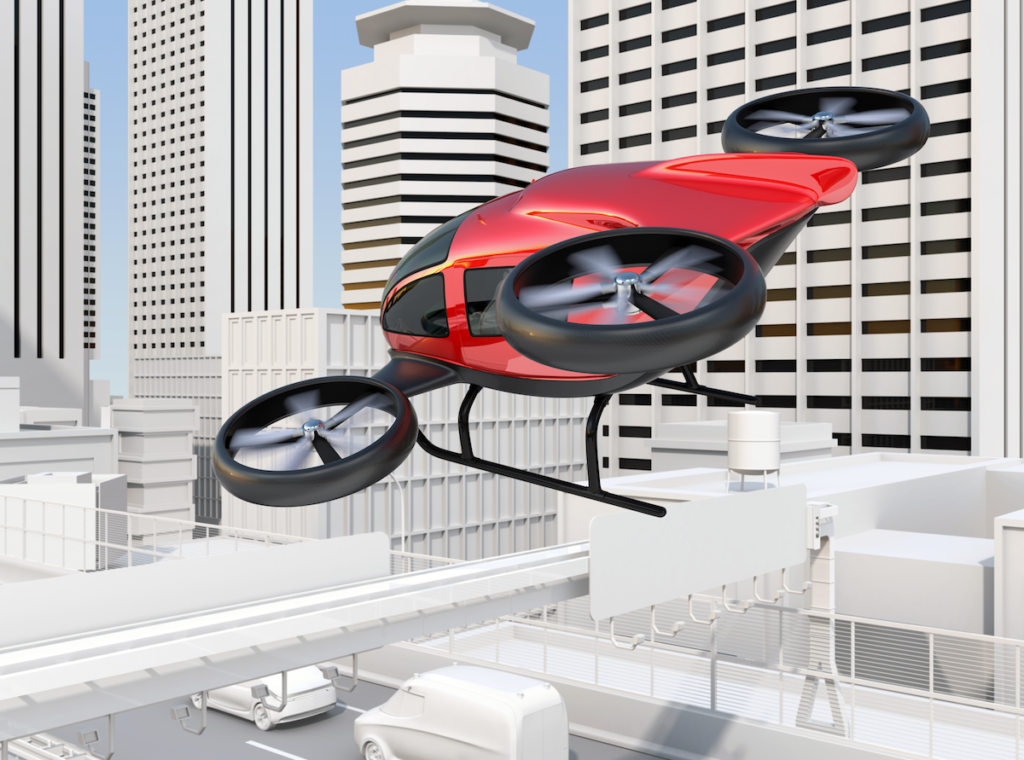
(Photo, courtesy of ANSYS.)
When Will We Arrive at a Flying Car Reality?
Despite the hopeful outlook there is still much that needs to be done to make this industry a reality. A few of the highest priority needs include:
- An aircraft or flying platform
- A source of green energy, e.g. H2 or batteries
- Infrastructures to transport, store and distribute the source of energy to the point of use (the aircraft)
- Certification and air traffic control solutions
- Infrastructures for the landing/take off
- Last mile transportation of passengers to and from those locations
- Pilots, trained and experienced in electric aviation
- Noise control
- Airlines or operators interested and ready to invest capital in new platforms to open new routes
In addition, current value per seat mile targets of eVTOL urban air taxi may not be economically viable in the foreseeable future for the vast majority of potential customers. That said, it is difficult to find a realistic estimate of the cost per mile for the passenger. Despite this, it is almost certain that solutions will emerge and UAM will become a reality. Some big names, such as Boeing with Wisk, are injecting massive amounts of money to make it happen sooner than later, but there is still a long road ahead.
With this close reality in mind, aviation companies need to align their strategies around the electric aircraft market. Continued industry resistance and skepticism towards electric aviation could result in companies being left behind and consumers wondering why their favorite airlines aren’t integrating green practices into their operations.
By doubling down on proven successful strategies within the aviation industry such as loyalty programs, targeted marketing strategies, in-flight perks, and more, aviation companies will be able to take full advantage of consumer interest in electric aviation when the time presents itself.
Businesses can prepare for the reality of electric aviation by understanding the merits it possesses and realizing that it is not a far-flung fantasy, but a close reality. By embracing a more sustainable and accessible method of transportation, businesses will be able to stay ahead of the curve while tapping into evolving (and greener) consumer behaviors and preferences. Electric aviation will be realized in the near future, and it is imperative that aviation companies act now in order to take full advantage of the benefits this green future will hold.
The post OPINION: Is Electric Aviation a Far-Flung Fantasy, or Near-Team Reality? appeared first on Aviation Today.
—————
Boost Internet Speed–
Free Business Hosting–
Free Email Account–
Dropcatch–
Free Secure Email–
Secure Email–
Cheap VOIP Calls–
Free Hosting–
Boost Inflight Wifi–
Premium Domains–
Free Domains








